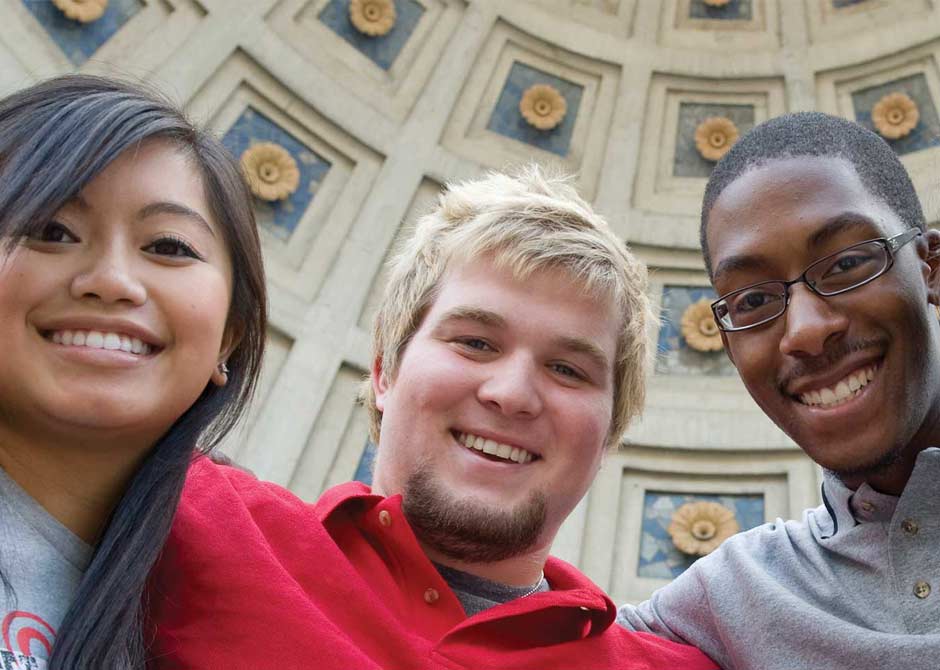World-Renowned Institution
The Ohio State University was one of the first medical centers in the country to combine five neuroscience-related specialties into a single, integrated program. Our Neurological Institute is a center for both state-of-the-art treatment and world-class education. We bring together neurologists, neurosurgeons, psychiatrists and physical medical and rehabilitation specialists to offer unique expertise for a range of physical and mental conditions. Our leaders are known and respected internationally.

World-Class Clinical Training
The most important strength of the neurosurgery residency program is the exceptional clinical volume. Graduates of our program typically are in the top 5% nationally for operative volume. Residents are exposed to complex cases early during their training and graduate capable of managing any neurosurgical problem they will encounter in practice.
Transformative Research
In the past year alone, our researchers obtained funding totaling $7 million. We’re proud of the six research laboratories affiliated with the Neurological Institute. Ohio State’s commitment to research is unsurpassed, as shown by our investment in current and future medical research facilities. We offer numerous opportunities for graduate students to conduct research, and our varied postdoctoral research opportunities bring promising researchers from across the globe to our campus.

